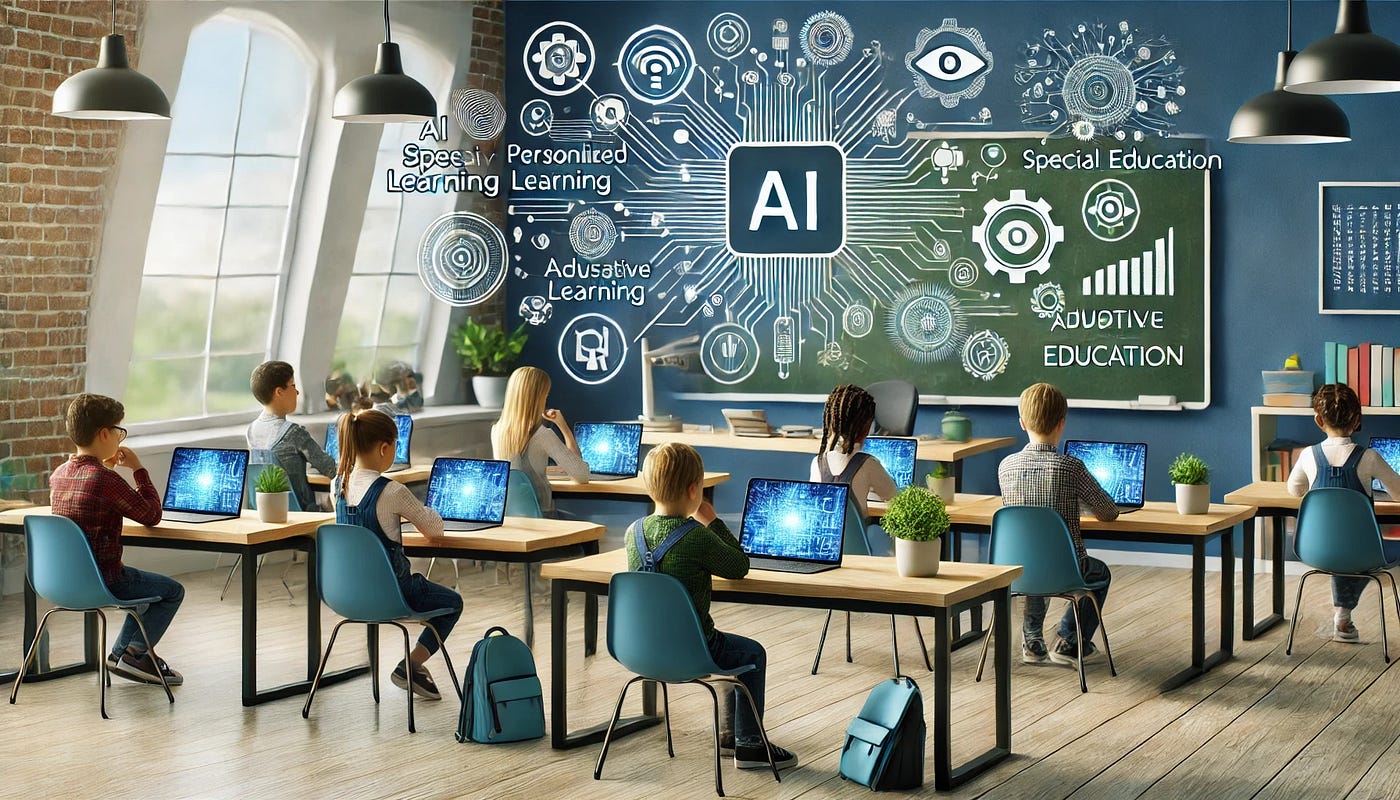
Social integration as a powerful tool has transformed the lives of special needs students.
Discover practical applications, upcoming trends, and successful tactics for developing inclusive learning environments.
Getting students with special needs to integrate socially, remains a fundamental requirement for establishing fully inclusive educational zones where students reach their maximum potential.
Stubbornly keeping students in classes does not equal inclusion since they need active participation allied with meaningful collaborations and emotional acceptance.
Educational institutions and communities achieve success in student support when they practice inclusive education which creates environments that accept diverse students and generate both diversity and equal opportunities and social bonding.
Encouraging students with special needs or impairments to participate actively in mainstream social and educational activities is known as social integration. Reducing social obstacles, promoting peer relationships, and putting in place inclusive policies that benefit all students are the main goals of this strategy.
Key Components of Social Integration:
Despite its importance, social integration presents a number of difficulties that educators and schools must overcome:

Teachers and policymakers need to develop proactive methods which will help them address these issues.
1. Universal Design for Learning (UDL)
Students benefit from UDL’s instructional method which delivers various learning opportunities through multiple formats of expression for total access.
Educators who develop lessons following various learning preferences automatically establish classrooms where students feel more included.
2. Peer-Mediated Interventions
Student participation in mentoring relations, buddy programs and cooperative learning teams between students with and without disabilities helps students from both groups develop friendships along with mutual respect for each other.
4. Creation of Inclusive School Culture
Young learners will learn acceptance best through organized programs and disability-friendly rules which encourage diversity exploration within the lesson plans.
5. Leveraging Assistive Technology
Learning applications together with audiobooks along with speech-to-text software create accessible environments that help students with disabilities live independently in their academic lives.
With new developments in education, technology, and policy making, the future of social inclusion for kids with special needs is changing as follows:


In order to guarantee that every kid has the chance to thrive, social integration of students with special needs is not just a requirement for education but also a moral obligation.
Schools, legislators, and communities must collaborate to adopt inclusive policies that promote meaningful involvement, even while there are still obstacles to overcome.
The future of inclusive education appears bright as educational policy and technology advance, opening the door to a more just society.
Delivering a high-quality product at a reasonable price is not enough anymore.
That’s why we have developed 5 beneficial guarantees that will make your experience with our service enjoyable, easy, and safe.
You have to be 100% sure of the quality of your product to give a money-back guarantee. This describes us perfectly. Make sure that this guarantee is totally transparent.
Read moreEach paper is composed from scratch, according to your instructions. It is then checked by our plagiarism-detection software. There is no gap where plagiarism could squeeze in.
Read moreThanks to our free revisions, there is no way for you to be unsatisfied. We will work on your paper until you are completely happy with the result.
Read moreYour email is safe, as we store it according to international data protection rules. Your bank details are secure, as we use only reliable payment systems.
Read moreBy sending us your money, you buy the service we provide. Check out our terms and conditions if you prefer business talks to be laid out in official language.
Read more